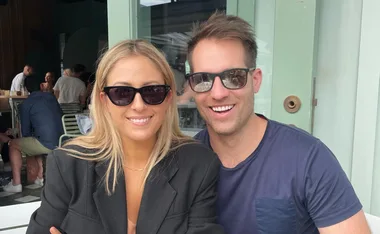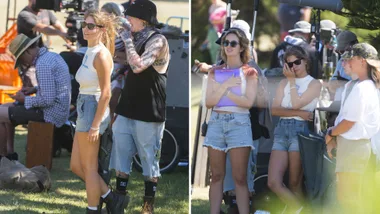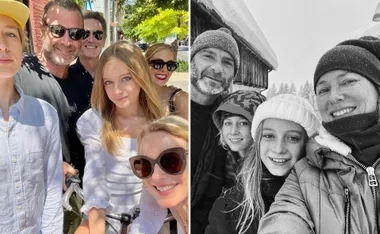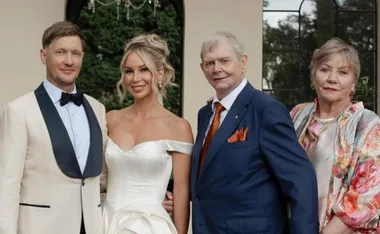By the time your child is three, they may be a bit of a handful – constantly on the move, chatting up a storm, having meltdowns and even telling lies! It’s all part of growing up.
Physical development
On the move
Your child will walk well by now, steering sideways, backwards and stopping. He can also walk on tiptoe. He can probably walk downstairs, holding on to the banister for support at first, but becoming much more confident by the age of three.
Muscle power
By two-and-a-half, your child will be much better at running because of his improved balance, longer legs and stronger muscles. As his third year progresses, he may jump with both feet off the ground, and may be able to stand on one foot briefly.
Finger facts
With increased finger control and strength, he’ll be able to manage finer skills, such as building a tower of seven to nine blocks or more, or doing simple jigsaws. He may learn to turn a tap, turn pages in books individually and start dressing himself.
He may also:
Start enjoying ball games from around two-and-a-half as his coordination improves
Have a go at kicking, throwing and catching, though it takes practice
Ride a tricycle, using the pedals, by around three
Love scribbling – paying increasing attention to the meaning, colour and design of what he draws
Mental development
A growing mind
At two, your child understands and responds to more complex requests (‘Go upstairs and get your coat’). He has a good memory and a keen eye for detail and may be better than you at finding a lost toy or remembering where you put the car keys! By three, he has a more evolved sense of time and can refer to the past.
Learning through play
His games are richer and more imaginative. He may enjoy games which help him sort through his own experiences and make sense of the adult world, and you may hear him engaging in long monologues about his day while at play or in bed. He may imitate you and others with his own family of dolls, or pretend playschool.
Questions, questions!
From around two-and-a-half he’ll probably ask incessant questions. Child psychologist Judy Dunn found that at three, children mainly ask ‘where’ and ‘who’ questions which need a factual answer, but ‘why’ and ‘how’ are other favourites.
He may also:
Use negatives such as ‘won’t’ and ‘can’t’
Count to three at age two
Count to 10 by age three (not always in the right order!)
Have a vocabulary of up to around 300 words or more by age three
Emotional development
Me, myself and I
During this year your child gains an increasing sense of himself and his place in the family. At around two he can recognise his own photograph and may refer to himself by name or ‘me’. By two-and-a-half, he begins to have an idea of his body image – whether he’s tall or short, for example, and by three, he starts saying ‘I’ and ‘mine’. He knows his name, age, and gender, and by three may be able to give a basic description of himself (‘I’m a big boy!’).
Be my friend
By two, he’s able to explain his feelings and desires using gestures and simple phrases. He shows more interest in playing with other children and may enjoy going to a playgroup. He’s now able to learn to share and cooperate with the others. By the end of this period, the concept of ‘friend’ emerges.
Porky pies?
He’s far more conscious of how words can be used as tools to manipulate those around, and may even lie! According to work at the University of Portsmouth, many three-year-olds do lie, though they don’t understand how the deception works, and seem to do it as an experiment of their powers over others.
He may also:
Have mood swings as he reaches his limits and experiences frustration
Pout or feel guilty when scolded
Become very bossy
Be jealous or regress if a new baby arrives
Show pity or sympathy to family members or friends
WATCH: Mum lip syncs toddler’s tantrum




.png?resize=380%2C285)




